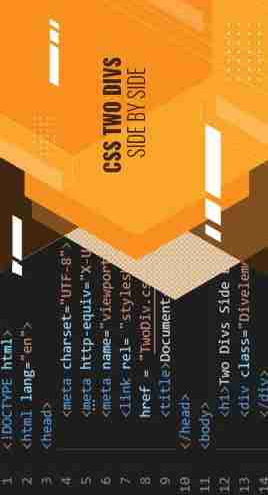


Emulators and Simulators

The terms emulator and simulator are often used interchangeably, but they have distinct meanings, especially in the context of software development, and mobile-testing. so today we are going to discuss emulator and simulator concepts in depth and will try to clear all doubts.
During mobile device or software development, acquiring physical devices for testing can be challenging due to budget constraints and device dependencies. To address this, specialized software tools known as emulators and simulators are used to replicate the functionalities of real devices, enabling efficient and cost-effective testing.
Today we are going to discuss more about Emulators and Simulators.
An emulator is a software or hardware that mimics the hardware and software of a specific system, allowing one system to behave like another. It replicates the entire environment of the original system, often down to the instruction level, making the behavior of the emulated system identical to the real system.
Let's take one example of Universal Remote Control App
Many smartphone apps can act as universal remotes for TVs or air conditioners. These apps emulate the functionality of a physical remote by sending signals (via infrared or Wi-Fi) to the TV or AC, just like the actual remote does. The app replicates the behavior and functionality of the real remote control, allowing you to operate your devices without needing the physical remote.
1. Emulates both hardware and software of the original system.
2. The system under emulation behaves exactly like the original hardware.
3. Useful for testing software on devices or platforms that are not physically available.
More Example: Android Emulator
The Android Emulator mimics the behavior of a real Android phone or tablet on a computer. Developers can run and test Android applications on the emulator, simulating different devices, screen sizes, and operating system versions.
Industry Implementation example: Suppose you are a mobile app developer, and you want to test how your app behaves on various Android devices. You use an Android Emulator on your computer to replicate different Android phone models (like a Pixel, Galaxy, etc.) and test how your app performs across these devices without needing to own each one.
In our daily life we saw many emulators around like Mobile Payment Apps, Online Booking System, Currency Conversion Machine and many more.
A simulator, on the other hand, is a software that replicates the behavior or functionality of a system, but it does not replicate the underlying hardware. A simulator focuses on mimicking the user experience, such as how an app or software behaves, without mimicking the exact hardware or low-level components.
Let's take one example of Driving Simulator
A driving simulator is a device or software used to replicate the experience of driving a vehicle. It does not involve a real car but provides a simulated environment to practice driving skills, learn road safety, or test vehicle responses. For instance, a learner might use a driving simulator to practice without the risk of accidents.
1) Simulates the functionality of a system but does not replicate hardware.
2) Simulations are often faster and simpler than emulations.
3) Primarily used for testing the logic and behavior of software, rather than hardware interactions.
Example: iOS Simulator
The iOS Simulator, provided by Apple in Xcode, allows developers to run and test iOS applications on a Mac. It simulates the iPhone, iPad, or Apple Watch user interface and behavior, but it does not replicate the actual hardware components of the device (e.g., accelerometer, camera, etc.).
Industry Implementation example: As an iOS developer, you can use the iOS Simulator to run your iPhone app and see how it looks and behaves on different iPhone models. However, it won't simulate things like the touch interface (as a real iPhone would) or interactions with device-specific hardware (such as the camera or GPS).
Aspect | Emulator | Simulator |
Purpose | Mimics both hardware and software | Mimics only software behavior |
Hardware Replication | Full hardware emulation (e.g., CPU, memory) | No hardware emulation; just software logic |
Performance | Typically slower due to full system emulation | Faster since only the software is simulated |
Use Case | Testing software where interaction with real hardware is necessary | Testing user behavior and app functionality without hardware replication |
Example Tools | Android Emulator, QEMU, PCSX2 (for PlayStation) | iOS Simulator, Xcode Simulator, Web Browser Simulators |
Final Summary
Emulator = Exact replication of both hardware and software (e.g., Android Emulator).
Simulator = Replication of software behavior without hardware simulation (e.g., iOS Simulator).
In both cases, you can test apps and software in different environments, but emulators are generally more precise because they replicate the entire system, while simulators focus on behavior and software functionality.